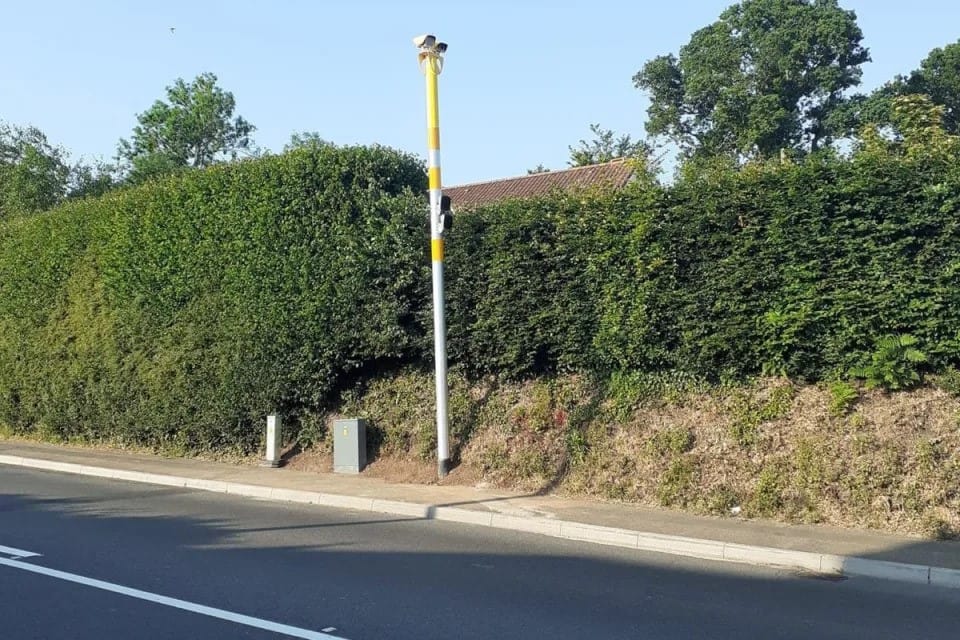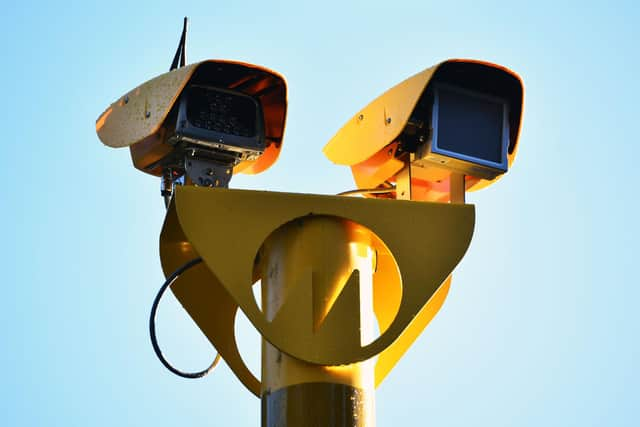Four new high-tech speed cameras are in the process of being installed on roads in Devon & Cornwall with a history of speeding issues.
New bi-directional digital cameras will replace older Gatso cameras on Exeter Road in Exmouth and the A385 Ashburton Road in Totnes. Another two sets of bi-directional cameras are also being erected on the A390 at Drakewalls and St Ann’s Chapel near Gunnislake in Cornwall. All four cameras are set to go live in the next few days.
All of these routes have had problems with collisions and speeding vehicles, prompting numerous complaints to local councils and the police from residents.
The cameras, which have been funded by Cornwall Council and the Vision Zero South West road safety partnership respectively, have been erected on bright yellow posts for maximum visibility and have the ability to enforce speed in both directions simultaneously.
Vision Zero South West is undertaking an ambitious programme of new camera system installation, either replacing outdated technology at existing sites or introducing brand new schemes where an evidenced problem exists.
Adrian Leisk, Head of Road Safety for Devon & Cornwall Police and chair of the Vision Zero South West enforcement group, said: “Speed is one of the ‘Fatal Five’ contributory factors to serious and fatal collisions. Travelling too fast means you have less time and space to react and significantly increases your risk of serious or fatal injuries in the event of a crash. The higher the speed, generally the worse the severity of injury.
“We are taking this opportunity to point out the location of the camera systems and to explain that they will record excess speeds in both directions. Unlike older technology, they do not need painted lines on the road, or loops sunk into the road surface. They also use infra-red low light technology so will not ‘flash’ like the legacy systems.
“The cameras are set to go live during the next week, so please take this as advanced warning and don’t get caught out. The aim is very clearly to encourage drivers to change behaviour and slow down. It’s that simple. Success for us is detecting the least number of offences at these sites.
“Where we have installed these systems recently, the overwhelming majority of drivers detected are local people so please spread the message to your friends and family.”

Councillor Stuart Hughes, Devon County Council’s cabinet member for Highway Management, is also vice-chairman of the Vision Zero South West road safety partnership.
Cllr Hughes said: “Vision Zero South West is determined to drive down the number of people killed and seriously injured on Devon and Cornwall’s roads – with an ambitious target to halve the number by 2030.
“Fatal and serious collisions are heart-breaking – not just for the family and friends of those involved, but also for the wider community and the responding emergency services who have to witness the tragedy and subsequent aftermath.
“Modern safety cameras, such as the ones being installed at these locations, are a vital tool in our fight against unnecessary and avoidable collisions on our road network.”
Speaking about the new cameras near Gunnislake, Councillor Connor Donnithorne, Cornwall Council cabinet portfolio holder for transport, said: “As a key transport route, there are limits to the engineering options available to make changes to the highway.
“Speed limits are there for a reason. This isn’t making life difficult for motorists, or generating income – it’s about protecting road users and the communities that live around busy routes.
“I would much rather drivers respected speed limits in place to protect residential areas than for speed cameras or highway changes to force them into it. But where there are issues, we will work with communities to assess the need and possible solutions.”

